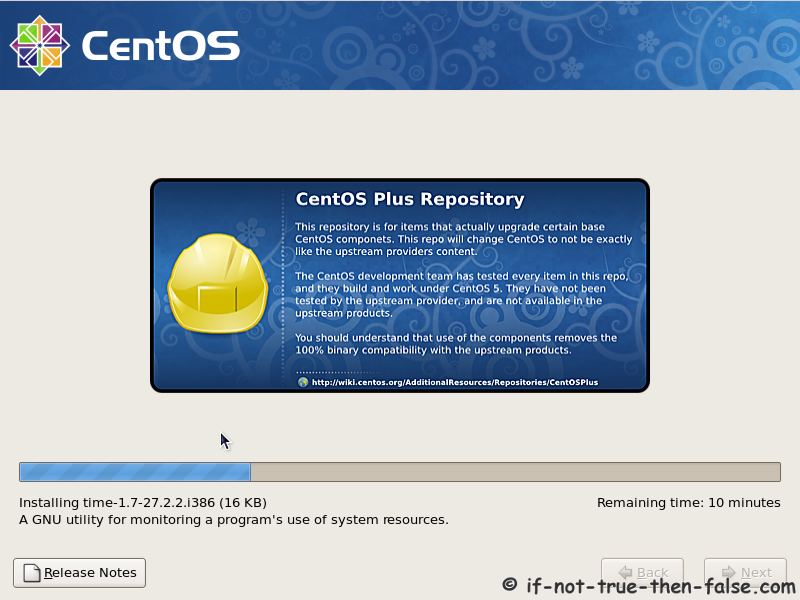

If you don't know or care about init systems, choose the sysVinit version.Įach of these architectures and init system comes in 4 possible "flavours"ĪntiX-full (c1.4GB) – 4 windows managers – IceWM (default), fluxbox, jwm and herbstluftwm plus full libreoffice suite. Please select one that best suits your needs.ĪntiX is available in 64 bit (computers built in the last 10 years) or 32 bit (very old computers or newer machines but be aware that a lot of software no longer provides 32 bit versions).ĪntiX also has two possible init systems: sysVinit (default option) or runit. One more key query, there are many installation ISO files but which one will fit the best for Debian Testing installation? For a normal PC system download the amd64 (64 bit) or i386 (32 bit) ISO files.AntiX-22 files - Initial release 19 October 2022ĪntiX Linux has many versions. We will install only the basic packages from the Stable branch of Debian, so there is no need to download a large ISO. It contains just the minimal base system packages to load the system and then download the rest of packages over the Internet. Selection of the ISO fileĭownload the ISO file from I recommend you to go with the network installer. This is not a complex process but there are a couple of steps which are very important and will discuss in this post.

You need to install Debian Stable first and then upgrade to Debian Testing.

SUBSCRIBE for more Linux Videos What is the right way to install Debian Testing?Ī reliable way to install Debian testing from scratch is to do a minimal installation of Debian Stable with the stable installer image, then upgrade from Debian Stable to Debian Testing, and install desktop environment and other necessary packages.Īlternatively, you can also use Debian Testing Image, but it’s not recommended because Debian Testing image is meant to test the installer not to install Debian Testing.


 0 kommentar(er)
0 kommentar(er)
